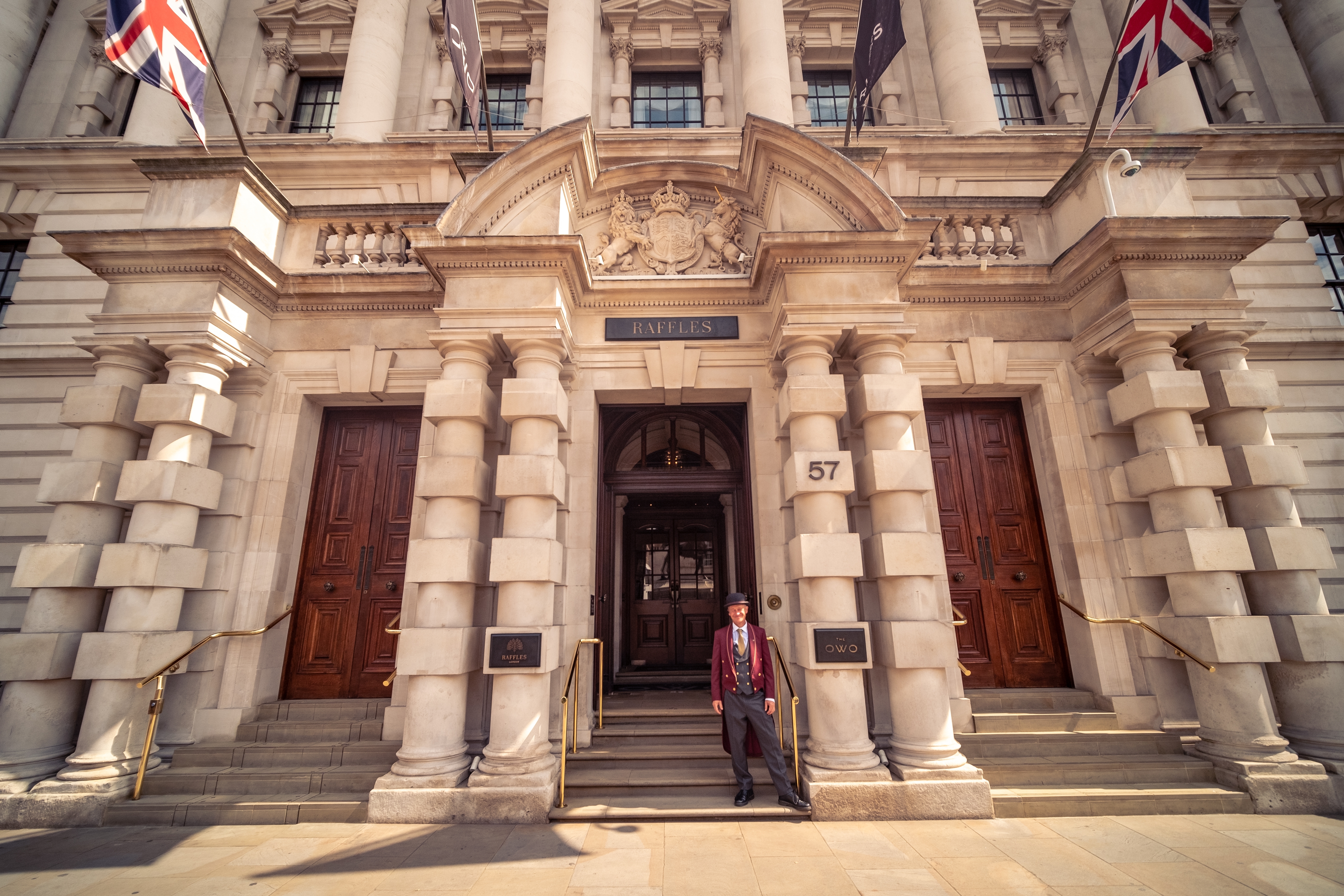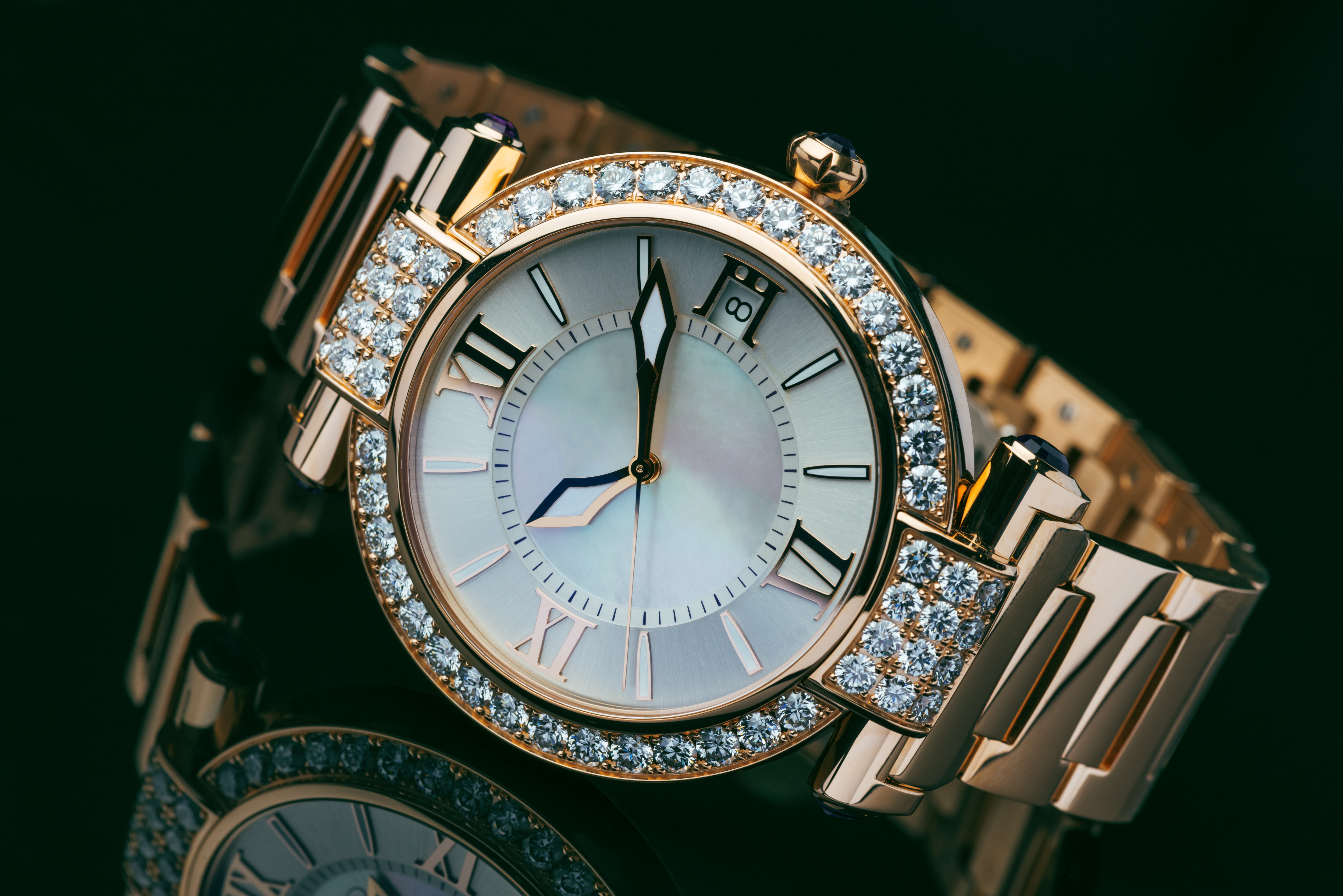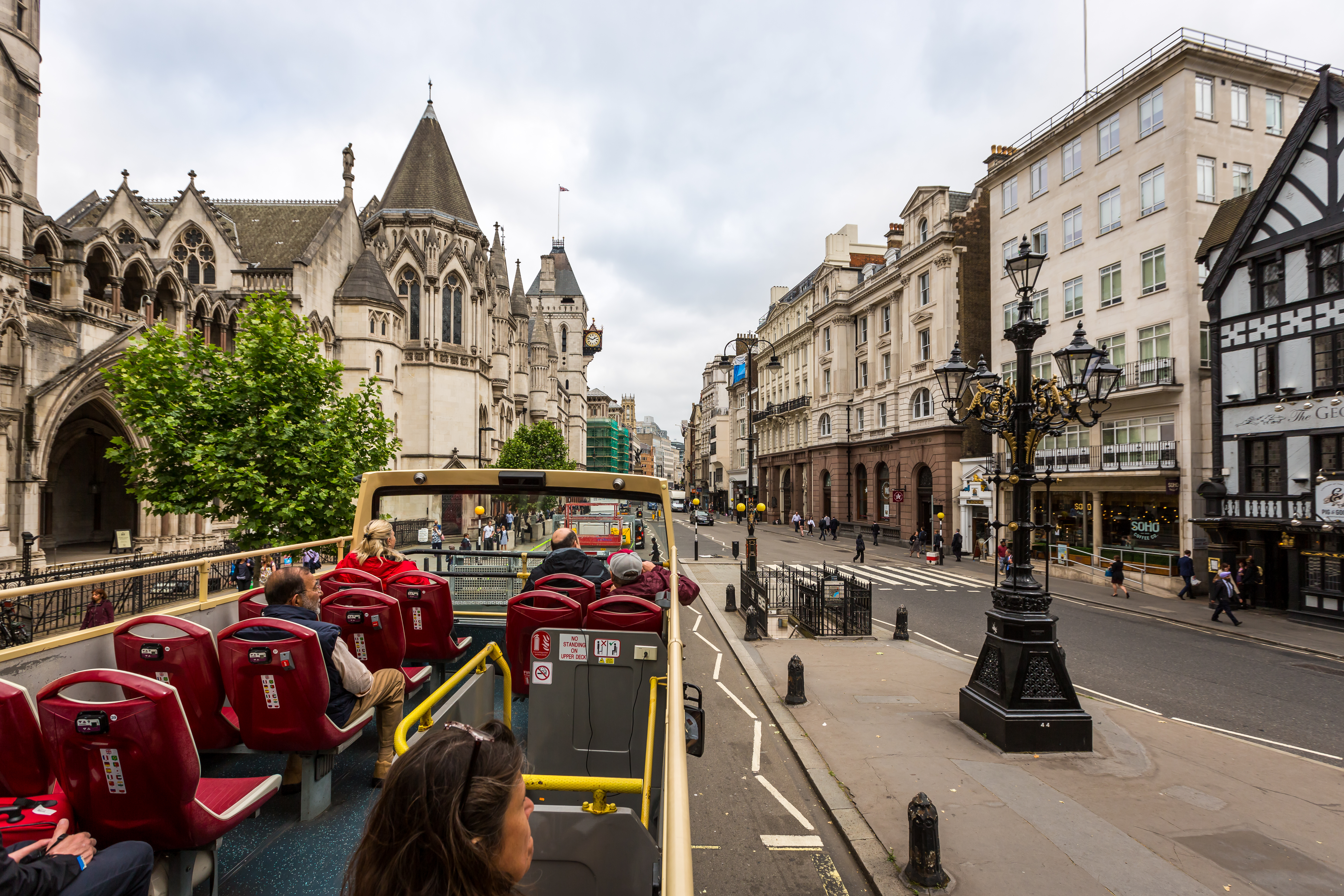Fascinating Facts About Salvador Dali
Salvador Dali was one of the most influential artists of the 20th century, and his imaginative work continues to inspire to this day. Born on 11th May 1904 in Figueres, Spain, Salvador Domingo Felipe Jacinto Dalí i Domènech (to use his full name) is forever associated with the Surrealism movement, which he joined after moving to Paris in 1929.

His best-known work is perhaps The Persistence of Memory, created in 1931. It has become one of the most famous paintings in the world, and the melting clocks featured in the piece would become a regular theme in his later works.
Dali is also known for his eccentricity and larger-than-life persona. In this article, we’ll take a closer look at some interesting facts about his life. Some you may know already, while others might take you by surprise.
He Thought He Was The Reincarnation Of His Brother
Dali’s brother, also named Salvador, had died just nine months before the artist was born. His belief about reincarnation came about when his parents took him to the grave, aged five, and told him that is what had happened. It is something he seemingly continued to believe through his life. His late brother even had an impact on his later work, including the 1963 painting Portrait of My Dead Brother.
His Work Was Influenced By Sigmund Freud
Dali was a big fan of psychoanalyst Sigmund Freud, known for his theories on sexual repression. The artist had read The Interpretation of Dreams when he was an art student in Madrid in the 1920s and felt inspired. The pair eventually met, when in 1938 Freud arrived at Primrose Hill in London after fleeing Vienna when the Nazis took over. The meeting was arranged by the author Stefan Zweig and patron Edward James. The latter owned Dali’s painting The Metamorphosis of Narcissus, and the artist took this along to the meeting. Dali spent much of the meeting sketching Freud with a snail-like skull. This was a clear example of the theme he continued to explore in his works, perhaps most notably the striking Women Forming a Skull in 1951.
His Wife Had A Major Influence On His Life Too
Dali married Elena Ivanovna Diakonova, aka Gala, in a civil ceremony in 1934. Gala was 10 years older than Dali and she played a big part in life and career, becoming his manager, as well as serving as an artistic muse. They first met when Dali was 25. At the time, Gala was still married to Dali’s friend – the Surrealist poet Éluard. She was also said to be having a long affair with Max Ernst. Soon after meeting Dali, they began an affair. Eventually Gala and Éluard would divorce. Dali and Gala had an open marriage and Gala is said to have had a number of affairs, which Dali was said to encourage. A Sotheby’s article notes that she was in a romantic relationship with 22-year old actor Jeff Fenholt at the time of her death, aged 87.
His Moustache Was Famous
Dali was the owner of one of the world’s most famous moustaches, which became an artistic statement in its own right. In an interview with the BBC in 1955, he was asked about his facial hair and noted how French novelist Marcel Proust used the same wax but in a different way. “He used this wax but he used it in another manner or another mode in one depressing… way. A little depressing and melancholic. My moustache contrarily is very gay, very pointed, very aggressive,” he was quoted as saying. Dali’s moustache became increasingly eye-catching and upturned as the years went by. Even since his death, it has remained a key part of his brand, featuring on merchandise and even being used on a Delta Air Lines plane.
He Was Expelled For His Political Views
The Surrealist group, led by Andre Breton, is the movement Dali is most associated with. However, many in the group were communists and were not pleased about his growing interest in Adolf Hitler and fascism. The group tried unsuccessfully to have him expelled for his views as early as 1934, but it was the creation of the piece The Enigma of Hitler that eventually led to his exclusion in 1939. Dali left Europe for the United States but continued to share his beliefs, even showing support for the Spanish dictator Franco.
He Had A Pet Ocelot
Dali’s eccentricity led to an unconventional choice of pets. One of the most famous was an ocelot named Babou. The artist adopted the exotic feline, native to South America, in the 1960s and took it around the streets with him, to restaurants and even TV appearances.
He Designed The Chupa Chups Logo
One of Dali’s most widely seen contributions to popular culture is the logo for the Spanish confectionary and lollipop brand Chupa Chups. Dali’s design was created in 1969 and features the brand name in cursive writing on a yellow, daisy-shaped background. The logo has changed little since then and remains in use on the company’s products around the world to this day.
He Designed A Unique Piece Of Jewellery
Dali created a piece of jewellery called The Royal Heart, with a pulsating heart. The piece is part of a collection called Dalí-Joies, which featured his designs and jewels from American millionaire Cummins Catherwood. The Royal Heart is made from diamonds, gold, emeralds, and rubies and is now part of the collection of the Salvador Dali Foundation, located in his hometown of Figueras.
He Spent His Last Years In Isolation
After the death of his wife Gala in 1982, Dali became increasingly withdrawn from life in the public eye. Sotheby’s notes he spent his final years at his castle in Spain miserable and in poor health until his death in 1989.
Whatever your thoughts on Dali, it’s clear that his distinctive art style, fascinating history, and many eccentricities will keep people talking about him for many years to come.



